We haven’t talked about Analogix in a few years, and we certainly haven’t talked about TCON announcements much at all. At CES 2020 Analogix announced the new ANX2187 TCON chip with little fanfare, but it could drastically change the way PC displays are manufactured and how end products end up in terms of their colour accuracy.
Analogix has been a leader in delivering TCON solutions to the PC and laptop market for many years, and the market has been relatively speaking quite boring when it comes to new developments. Analogix wants to modernise the display panel experience for monitors and laptops with the introduction of the new ANX2186 which promises to bring 3D Colour Gamut rotation to the PC market.
Display makers usually have a quite hard time in terms of producing accurate display panels using the “traditional” manufacturing methods. In the old way of doing things, a panel’s colour accuracy is largely dependent upon its manufacturing and if it comes out matching the target specifications, with it being very hard for display vendors to individually adjust the display controller firmware on each panel in order to achieve better calibrations and accuracy.
The ANX2186 is a TCON that features gamut manipulation in the optical domain – in essence it’s a calibration engine that sits at the TCON level between the display input and the DDIC and is able to transparently manipulate the gamut in its 3D space. This technology isn’t inherently new, one area it’s been present for years has been in the mobile space (Samsung’s mDNIe was first as far as I know) as well as in TVs by various TV SoC vendors.
What this allows is for calibration and manipulation of the colours fully independent of the DDIC firmware of a display panel. Display manufacturers can now very quickly with help of automatic tooling calibrate each individual panel in a product line, write the compensation/calibration factors as ROM data to the TCON, and not have to worry about fiddling with the much more complex firmware data on the side of the DDIC.
It’s quite a large departure and enabler for more accurate display panels in monitors as well as laptops, reducing cost and adding flexibility for display and device manufacturers. The chip also can seamlessly handle multiple colour spaces with different calibrations, essentially bringing to the PC what we’ve had on mobile devices for several years now, alongside new use-cases such as SDR and HDR conversions.
The TCON has other features such as local dimming capability. Here the TCON is able to be programmed with the backlight setup characteristics and transparently enable local dimming functionality in a less complex manner than traditional implementations.
The ANX2187 is capable of resolutions of up to 4K60 and is manufactured in a newer 28nm process node, enabling low power consumption of 216-286mW.
Analogix says they’re the first to market in the PC space with such technology, and it certainly seems that it would be able to enable vendors to bring a new generation of devices with much better display characteristics than previously possible.
from AnandTech https://ift.tt/2tuYdf0
via IFTTT
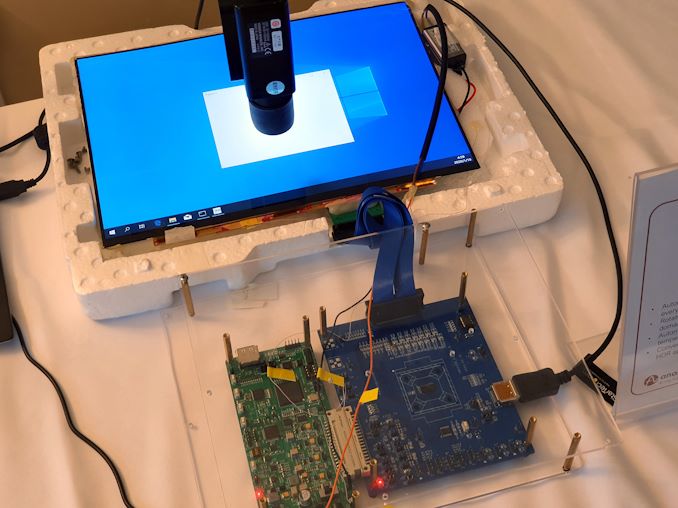
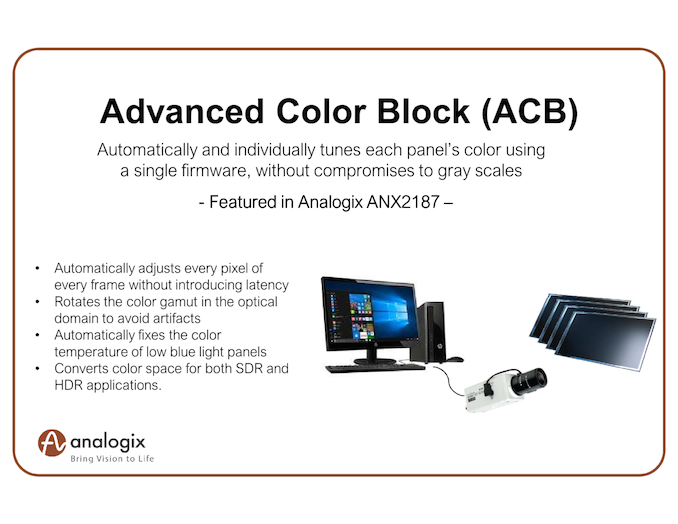
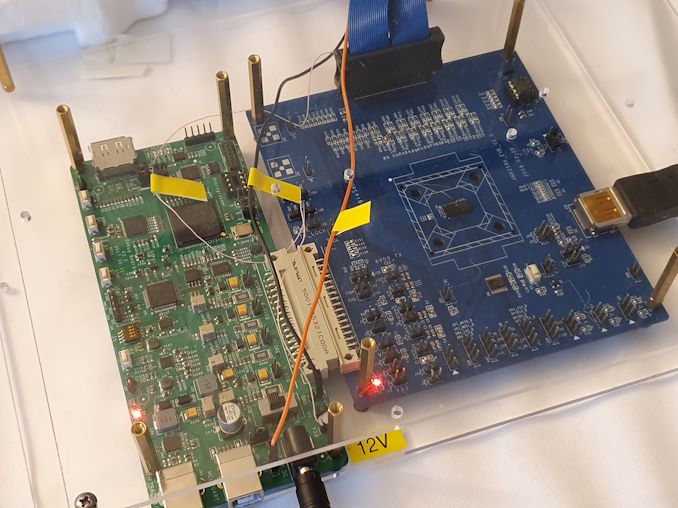
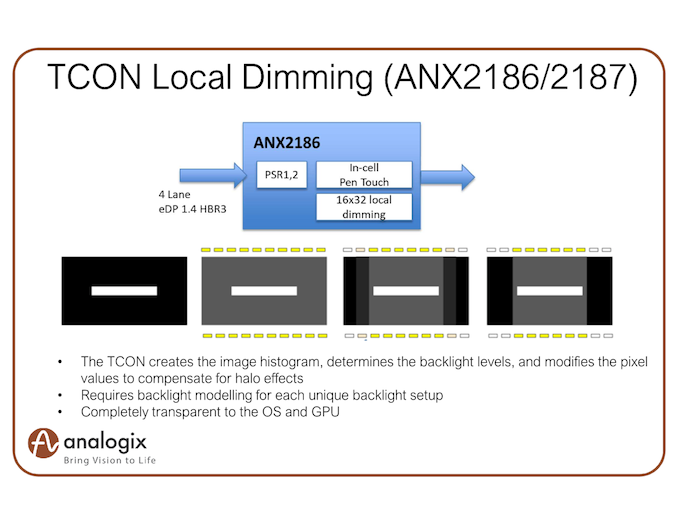
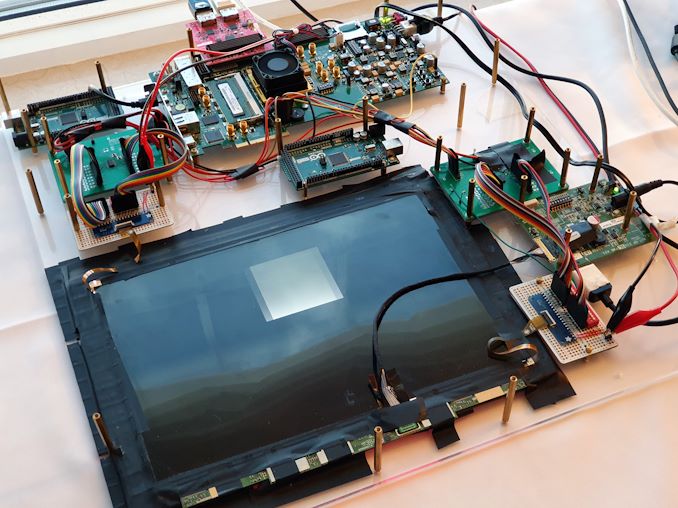
0 comments:
Post a Comment